Porcelain tiles are a type of ceramic tile that are made from a mixture of clay, feldspar, quartz and kaolin. They are fired at a higher temperature than regular ceramic tiles, which gives them a number of unique properties. These tiles are known for their durability, strength, and resistance to stains and water. In addition, porcelain tiles are glazed, which means that they have a layer of glass-like material applied to the surface to make them more resistant to stains and wear.
They are a popular choice for use in both residential and commercial settings, and can be found in a wide range of colors, sizes, and styles.
The more we know, the better! Let’s take a deep dive into this topic together.
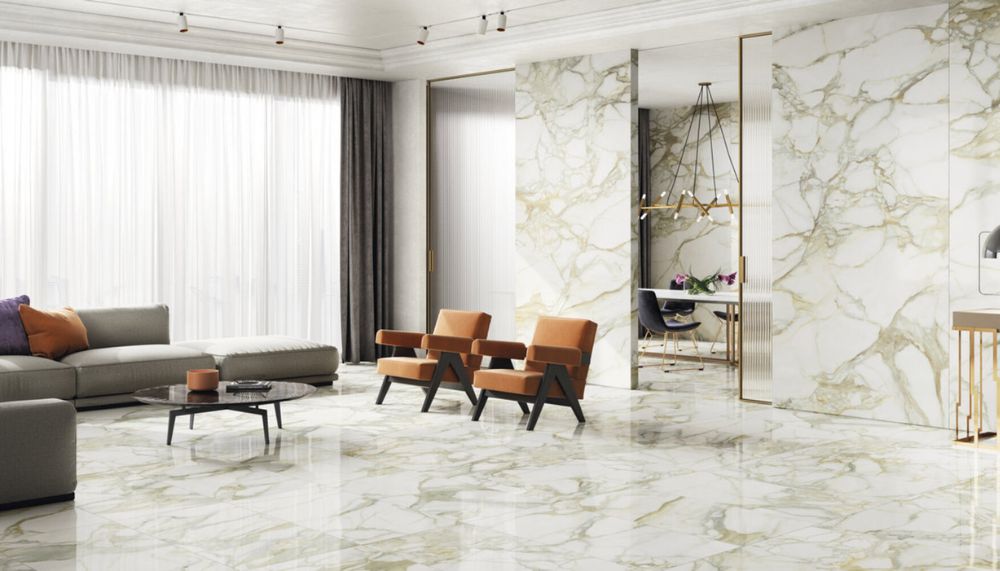
One of the main benefits of porcelain tiles is their durability. They are much harder and more resistant to wear and tear than regular ceramic tiles, making them ideal for use in high-traffic areas such as kitchens, bathrooms, and entryways as well as in outdoor spaces like patios and pool decks. They are also popular for use in commercial spaces, such as malls, airports, and hotels.
Porcelain tiles are also known for their versatility. They can be used on both walls and floors, and can be cut into a variety of shapes and sizes to fit any space. They can also be installed using a variety of methods, including adhesive, grout, and interlocking tiles. This makes them a suitable choice for a wide range of projects, from small backsplashes to large floor installations.
In terms of appearance, porcelain tiles are available in a wide range of colors, patterns, and finishes. They can mimic the look of natural stone, wood, and other materials, making them a popular choice for those who want the look of these materials without the maintenance and upkeep. They can also be found in a variety of sizes, from small mosaic tiles to large format tiles, allowing for a range of design options.
Porcelain tiles come in a wide range of colors, sizes, and styles. They can be used to create a classic, traditional look, or a modern, contemporary style.
When it comes to maintenance, porcelain tiles are relatively low-maintenance. They can be easily cleaned with a damp cloth and mild detergent, and do not require sealing or special treatments.
They are also resistant to fading and discoloration, making them a good choice for use in areas with direct sunlight.
When installing porcelain tiles, it is important to use a high-quality adhesive and follow the manufacturer’s instructions carefully. Proper installation will ensure that the tiles are securely in place and will last for many years.
The Role of Raw Materials in Porcelain Tile Production
Raw materials used in the production of porcelain tiles can be classified based on their function during the manufacturing process. These materials can be divided into two main groups: plastic and non-plastic. Plastic materials, such as kaolin, clay, and bentonite, have the ability to be deformed when subjected to an external force. Non-plastic materials, including minerals, rocks, and artificial chemicals, do not have this property when mixed with water. Some non-plastic materials are used to reduce the plasticity or shrinkage of the body during drying or firing, while others are used for sintering, fluxing, or melting.
The classic porcelain tile body consists of three main components: clay, silica, and feldspar. Clay is a naturally occurring mineral aggregate primarily made up of hydrous silicate of alumina, and serves as a binder, suspension aid, and inexpensive source of alumina and silica in the tile body. Feldspar provides the glassy phase for the ceramic body and helps to lower the firing temperature. In the production of porcelain tiles, feldspar is particularly important in achieving the vitreous nature of the body and the high mechanical resistance of the final product. It also aids in drying and gas release during firing, similar to other non-plastic materials.
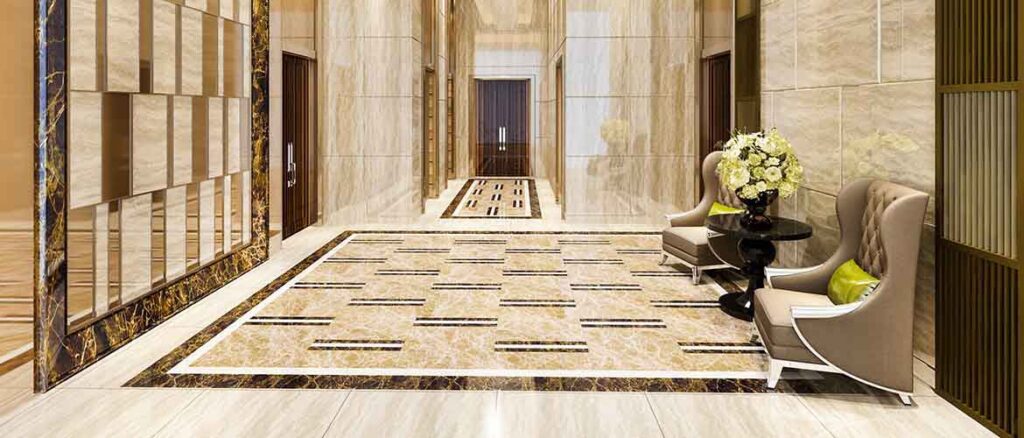
Surfaces Types of Porcelain Tiles
Here is a list of some common surface types of porcelain tiles:
Glazed porcelain tiles:
These tiles have a glass-like coating on the surface that gives them a glossy finish. They are available in a wide range of colors and patterns, and are resistant to stains and scratches.
Polished porcelain tiles:
These tiles have a glossy, mirror-like finish that gives them a sophisticated look. They are easy to clean and maintain, and are resistant to stains and scratches.
Matt porcelain tiles:
These tiles have a matte finish that gives them a natural, earthy look. They are a good choice for outdoor spaces, as they are slip-resistant and resistant to weathering.
Structured porcelain tiles:
These tiles have a textured surface that provides a non-slip finish. They are a good choice for outdoor spaces, as well as for wet or high-traffic areas of the home.
Wood-look porcelain tiles:
These tiles are made to resemble natural wood, and are a good choice for people who want the look of wood without the maintenance. They are available in a wide range of colors and styles, and are resistant to water and stains.
Stone-look porcelain tiles:
These tiles are made to resemble natural stone, and are available in a wide range of colors and styles. They are a good choice for people who want the look of stone without the maintenance, and are resistant to water and stains.
Specification of Porcelain Tiles
Specifications of porcelain tiles include:
Size:
Porcelain tiles are available in various sizes, including standard sizes such as 12×12 inches, 16×16 inches, and 24×24 inches, as well as larger sizes such as 36×36 inches and 48×48 inches.
Thickness:
Porcelain tiles typically have a thickness of 3/8 inch to 1/2 inch.
Finish:
Porcelain tiles can have a variety of finishes, including glazed, unglazed, polished, and textured.
Color:
Porcelain tiles are available in a wide range of colors, including neutral shades such as white, gray, and beige, as well as bold colors such as red, blue, and green.
Water absorption rate:
Porcelain tiles have a water absorption rate of less than 0.5%, which makes them resistant to water damage and staining.
Wear resistance:
Porcelain tiles have a high wear resistance, making them suitable for high-traffic areas such as kitchen floors and entryways.
Frost resistance:
Porcelain tiles are resistant to frost, making them suitable for outdoor use in cold climates.
Slip resistance:
Porcelain tiles can have a high slip resistance rating, making them safe to use in wet areas such as bathrooms and showers.
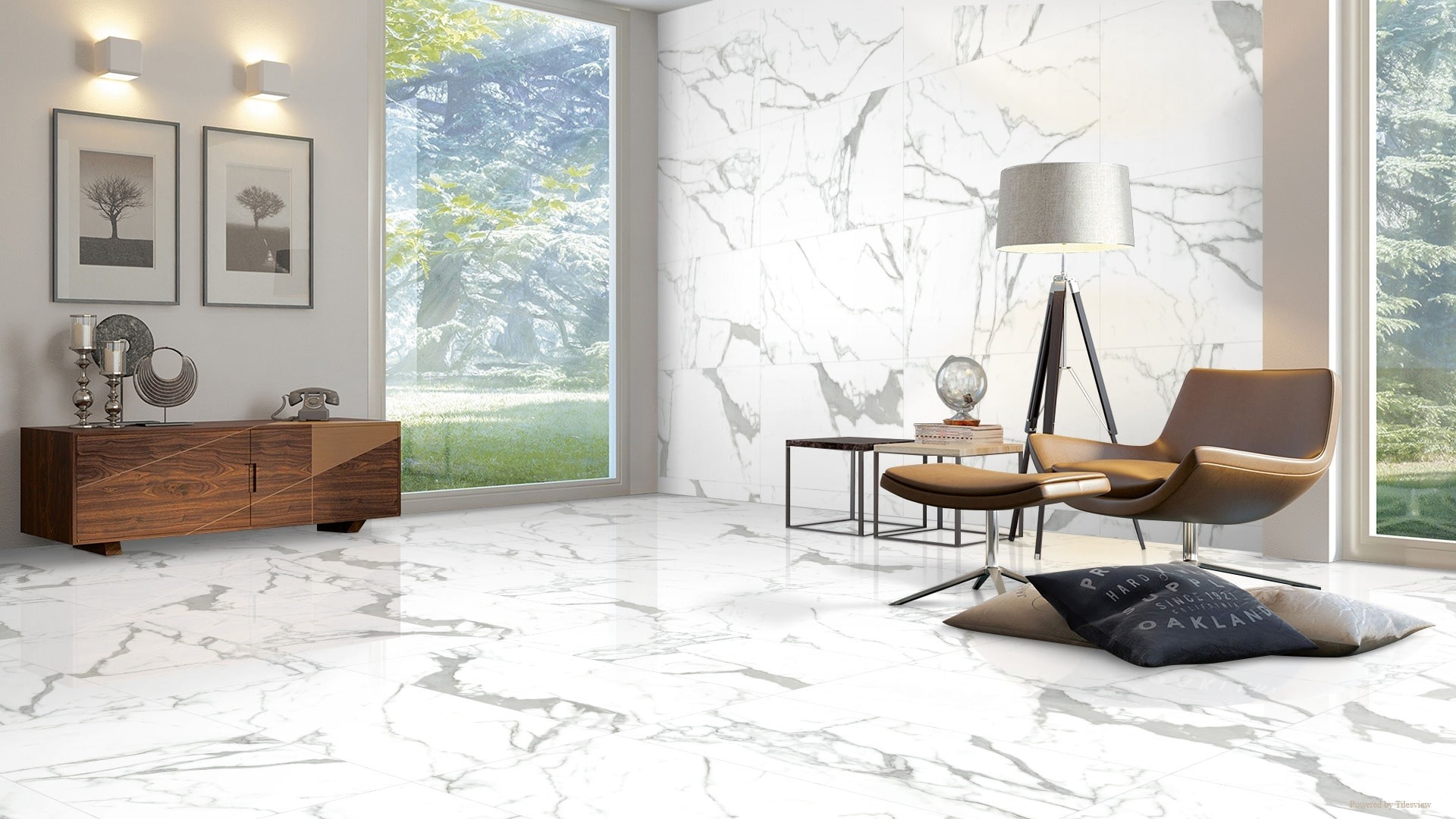
Advantage of Porcelain Tiles
There are several advantages to using porcelain tiles:
Durability:
Porcelain tiles are extremely durable and resistant to wear and tear, making them ideal for high traffic areas. They are also resistant to moisture, which makes them suitable for outdoor use and in areas prone to water damage.
Easy maintenance:
Porcelain tiles are easy to clean and maintain, as they do not absorb stains or spills easily. They can be easily wiped clean with a damp cloth or mop.
Versatility:
Porcelain tiles come in a wide range of sizes, shapes, and colors, making them suitable for a variety of design styles and settings.
Eco-friendly:
Porcelain tiles are made from natural materials, such as clay and feldspar, and are recyclable, making them an environmentally-friendly choice.
Durability:
Porcelain tiles are very hard and dense, making them extremely durable and resistant to scratches, chips, and cracks.
Hypoallergenic:
Porcelain tiles do not harbor dust mites or other allergens, making them a good choice for people with allergies.
Disadvantage of Porcelain Tiles
There are a few disadvantages to using porcelain tiles:
Cost:
Porcelain tiles tend to be more expensive than other types of tiles, such as ceramic or natural stone.
Weight:
Porcelain tiles are heavier than other types of tiles, which can make them difficult to install and may require additional support.
Difficulty of repair:
If a porcelain tile is damaged, it can be difficult to repair or replace. This is because the tiles are fired at high temperatures and have a more homogenous structure, making it harder to remove or replace individual tiles without damaging the surrounding tiles.
Installation:
Porcelain tiles can be more difficult to install than other types of tiles, particularly if you are not an experienced tile setter. They are harder and more dense than other types of tiles, which can make them more challenging to cut and shape.
Chipping:
Porcelain tiles are very hard and dense, but they can still be prone to chipping if they are subjected to heavy impact or stress.
Color fading:
Some porcelain tiles, particularly those with a glazed finish, can fade over time if they are exposed to direct sunlight.
In Summary:
Porcelain tiles are a durable, versatile, and attractive choice for a wide range of applications. Whether you are looking to install new flooring in your home or create a stunning backsplash in your kitchen, bathroom, or outdoor space, porcelain tiles are a great option to consider.
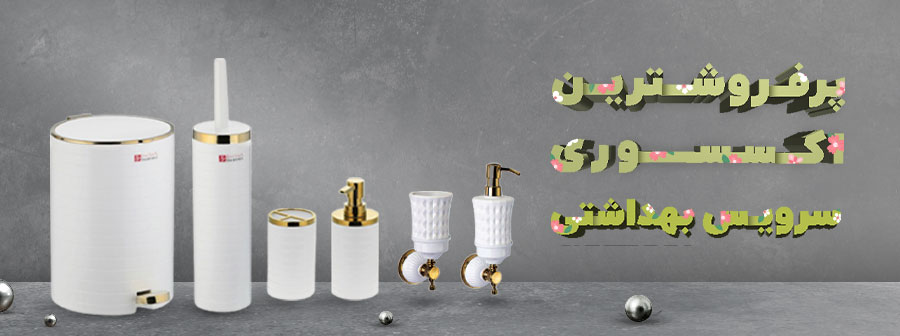
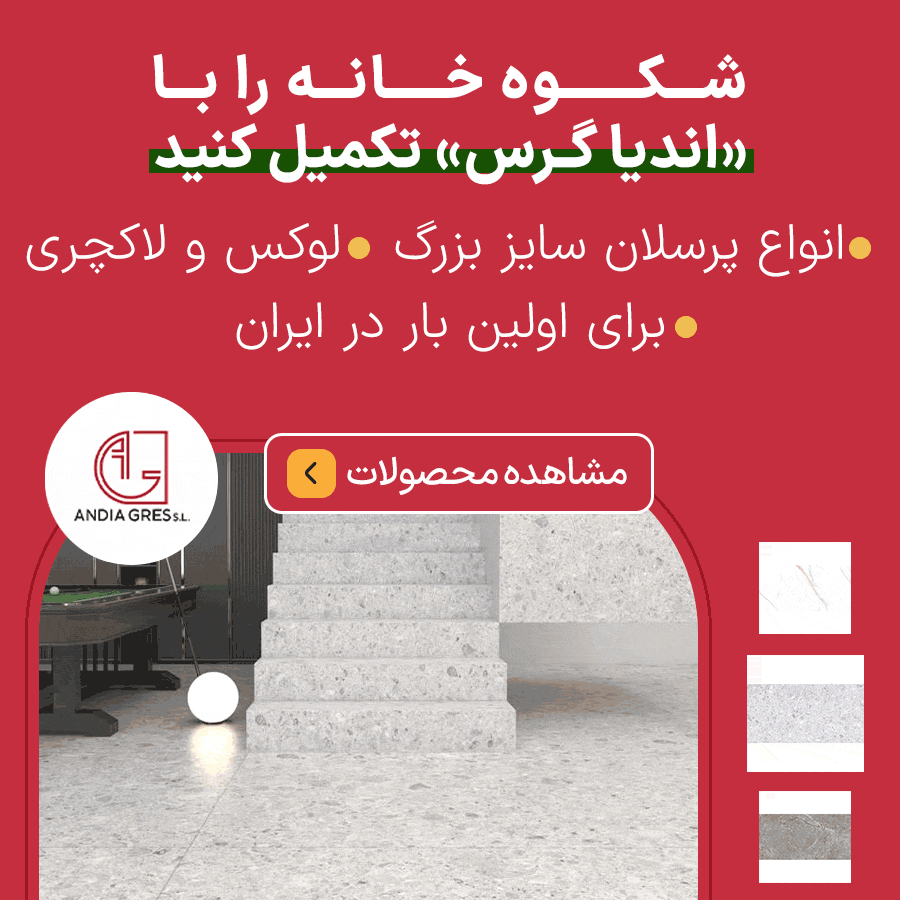

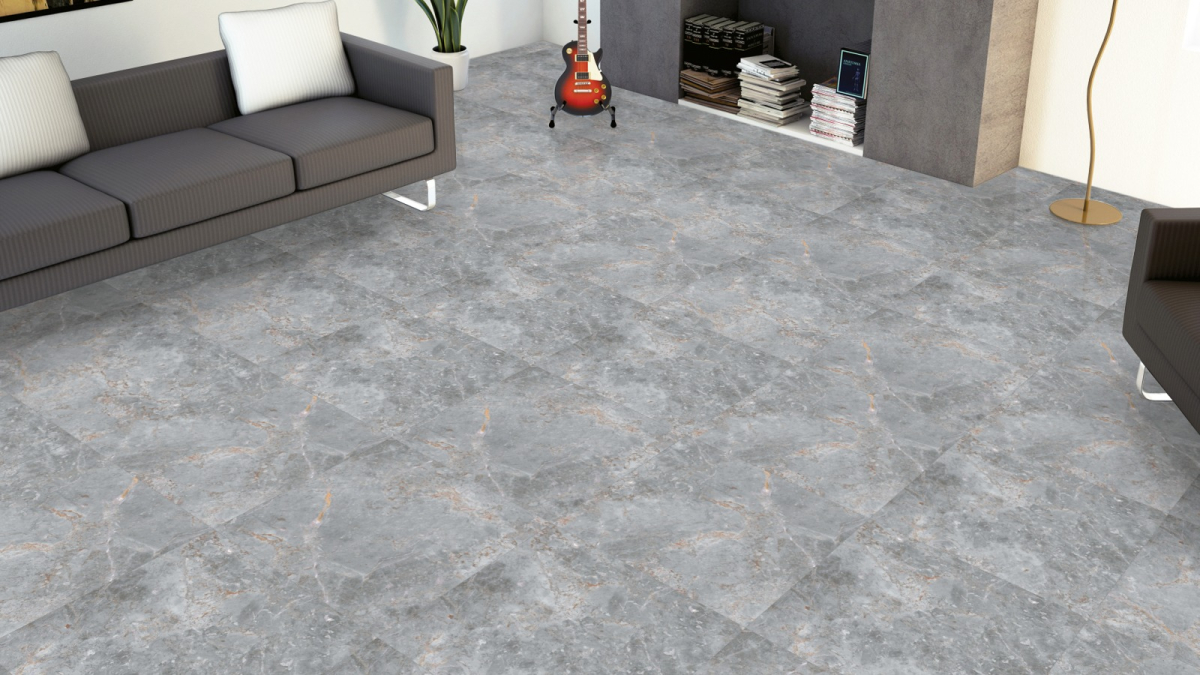
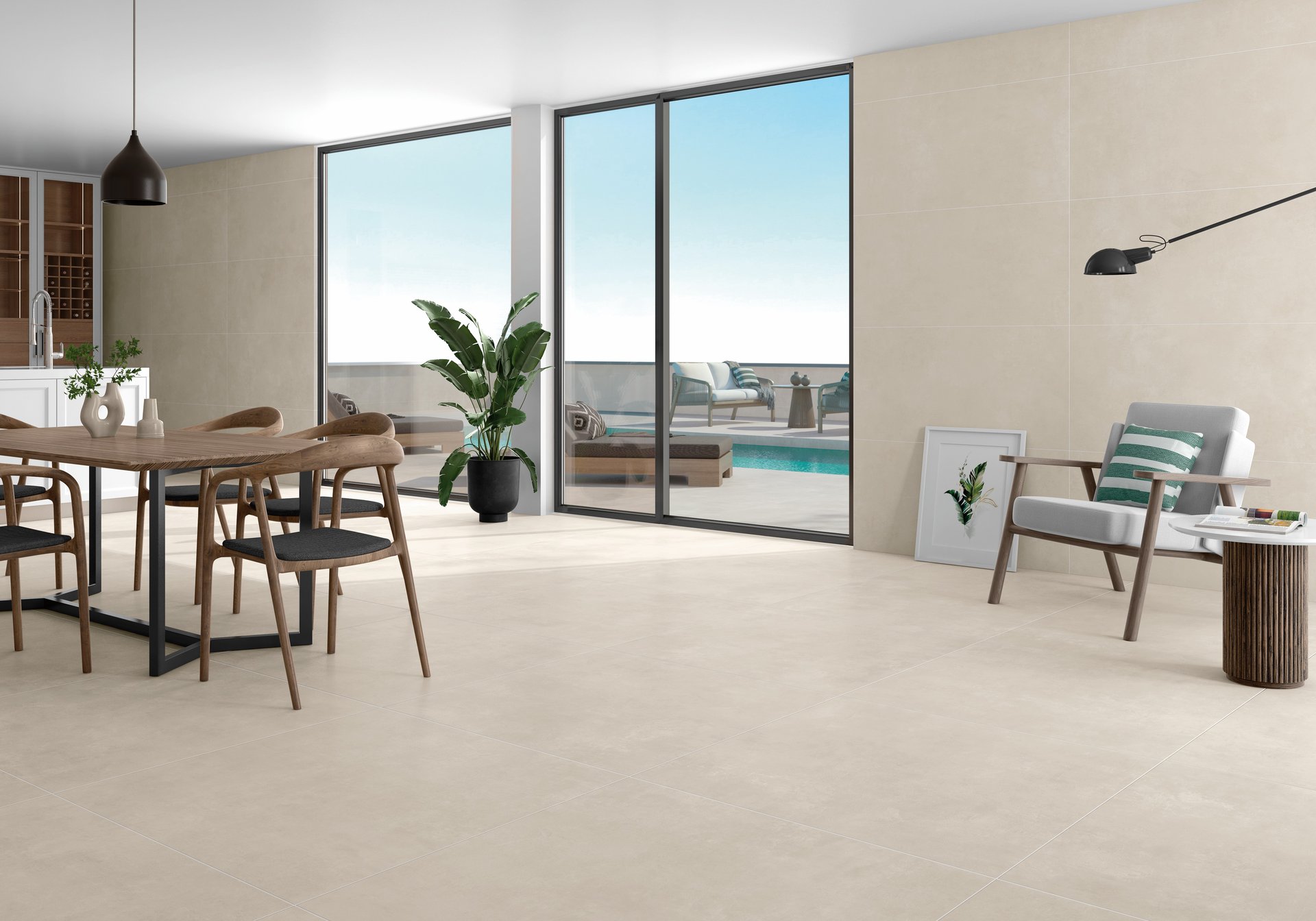

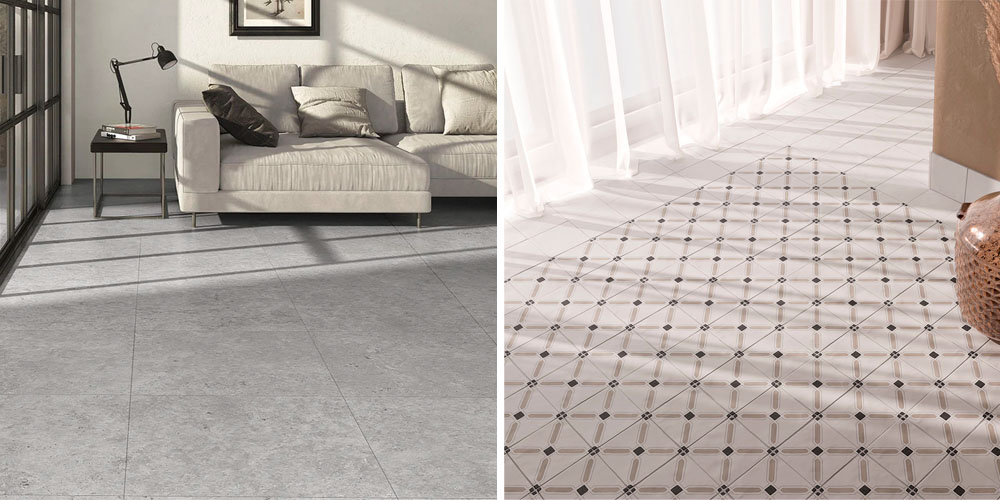
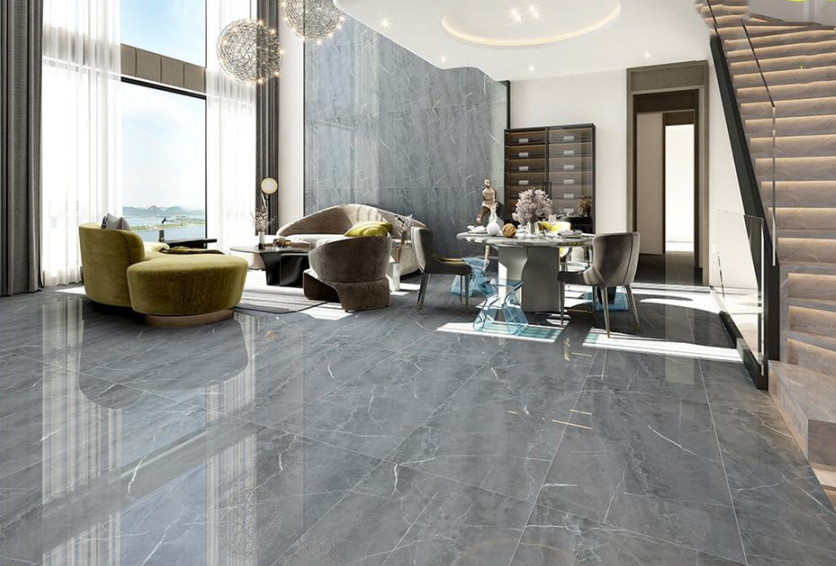


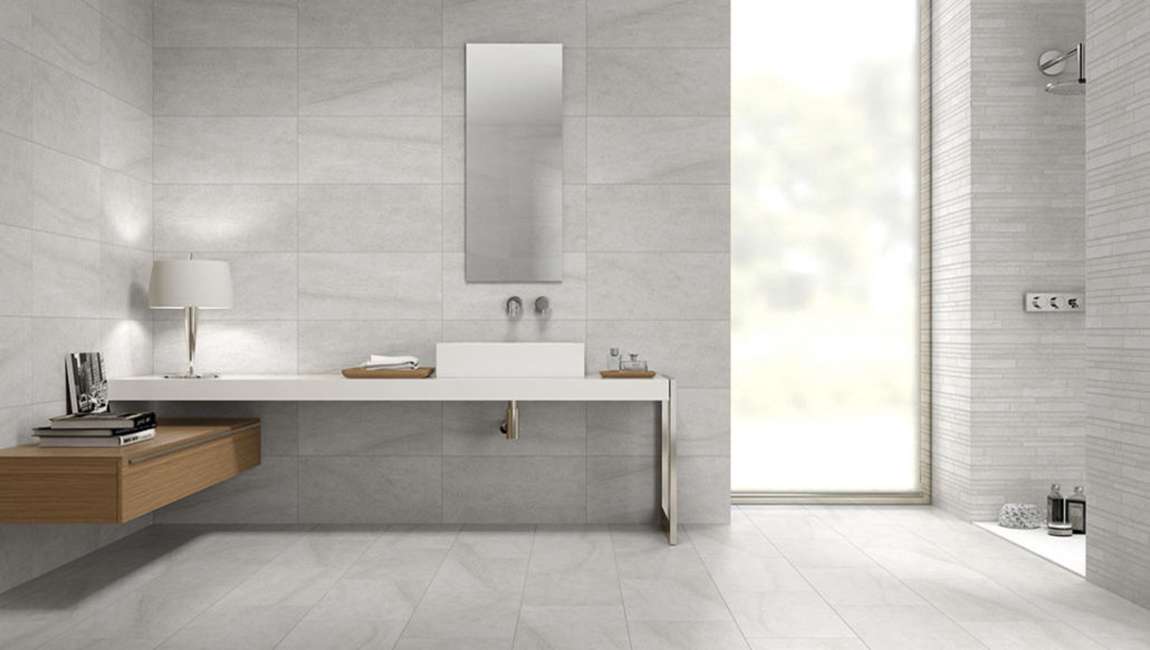
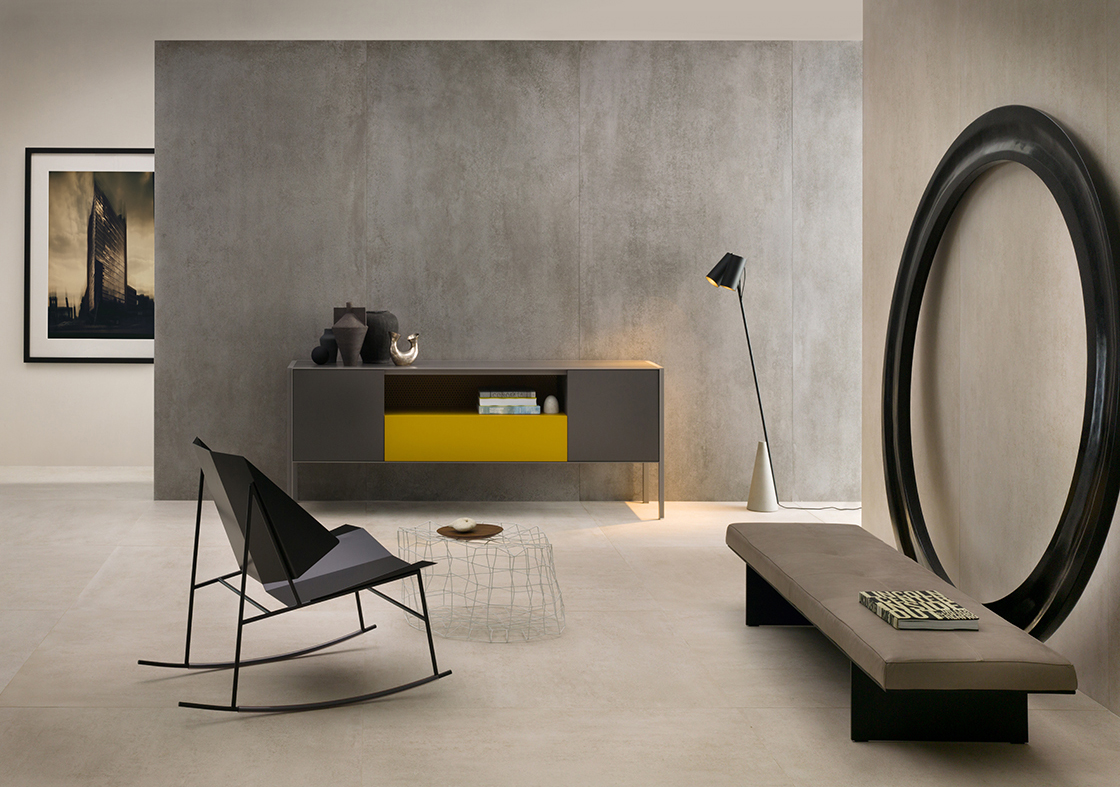
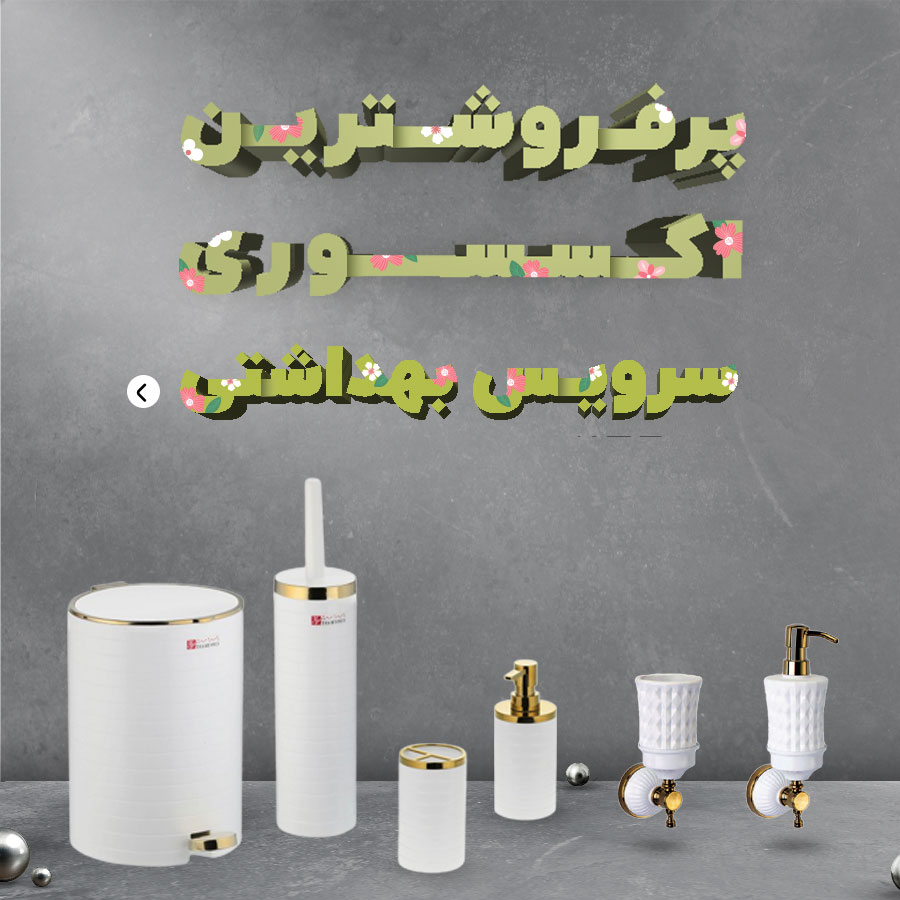

نظرات ۱